Have you ever wondered what all of the different gluten free flours are for? Read on and find out!
Brown Rice Flour – Brown rice flour is made from ground unhulled rice kernels and contains healthy bran. It has a richer, nuttier flavor than wheat flour and is the most common of the gluten free flours. Brown rice flour is quite heavy and very fibrous. It works well as a breading or a thickener, but is usually combined with other flours for baked goods and breads.
White Rice Flour – White rice flour is made from ground raw rice. It is considerably lighter than brown rice flour and it will not impart any flavor into your recipes. White rice flour can be used on its own and works best in sweetbreads and lighter muffins and cakes, but can be combined with other gluten free flours to achieve a desired consistency.
Sweet White Rice Flour – Sweet white rice flour is made from short-grain “glutinous” rice, also known as sticky rice. Rest assured, the fact that it’s called glutinous does not mean that it contains gluten, but rather that it has a much higher starch content than other rice. The high starch content makes it an efficient thickening agent and binder.
Potato Flour – Potato flour is a peeled, cooked potato powder of mashed, mostly drum-dried and ground potato flakes using the whole potato, thus containing its protein and fiber. Potato flour is often confused with potato starch; potato starch is merely a thickening agent while potato flour is a heavy flour great for thickening and flour blends.
Tapioca Starch / Tapioca Flour – Tapioca starch and tapioca flour are the same thing. Tapioca flour comes from the root of the tassova plant. It adds structure to gluten free baking, as well as gives crisp or chewy textures to cookies and cakes. Be careful! Too much tapioca flour and you can end up with a slimy texture and strong taste.

Oat Flour – Oat flour is made by grinding oats to a powder. It has a subtle, slightly sweet, whole grain flavor and helps build structure in breads, due to the high protein content. And you can make it yourself! Create oat flour by grinding old-fashioned oats or rolled oats in a food processor for about one minute.
Coconut Flour – Coconut flour is a soft flour produced from dried coconut meat and is a natural byproduct of coconut milk production. Popular among the gluten intolerant and the grain restrictive, it is rich in fiber, protein, and fat which makes it incredibly filling. You cannot substitute coconut flour for other flours at 1:1 ration as they are not equal. It is extraordinarily absorbent and a little goes a long way; in baked goods, you generally want to substitute ⅓-¼ C coconut flour to one cup grain flour.
Almond Flour – Almond flour (sometimes called almond meal) is blanched almonds ground finely into powder. It has a mild flavor that is subtly sweet and nutty. It is often used in “flourless” cakes and works well for breading. Almond flour is great in cookies where a little goes a long way, contributing to richness, heft and fat. Make sure to store your almond flour in the fridge or freezer to avoid rancidity!
Millet – Millet is a variety of grass with a very nutritious, round seed that is high in protein and B vitamins! It has a similar flavor to corn and can be used as a breakfast cereal or a side dish.
Buckwheat – Buckwheat is gluten free and is not related to wheat, but is related to rhubarb! It is also not considered a grain, though it is often used like one. Warning: look carefully at the label, as sometimes it is mixed with wheat flour!
Bean Flours – Bean flours can be made from any legume and are made by grinding up whole dry beans into a fine powder. The most widely used in gluten free baking include navy, pinto, garbanzo, and garbanzo-fava bean blends.
1:1 Blends – Most of the gluten free flours mentioned above do better in blends with other types of flours, starches and gums. While you can buy each individual ingredient to create your own blend, you could also buy a 1:1 gluten free baking blend. 1:1 baking blends are meant to be substituted for the exact amount of wheat flour that a recipe calls for. Note: baking blends work best when you are trying to convert a glutinous recipe to gluten free.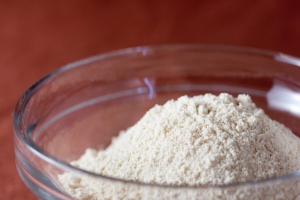


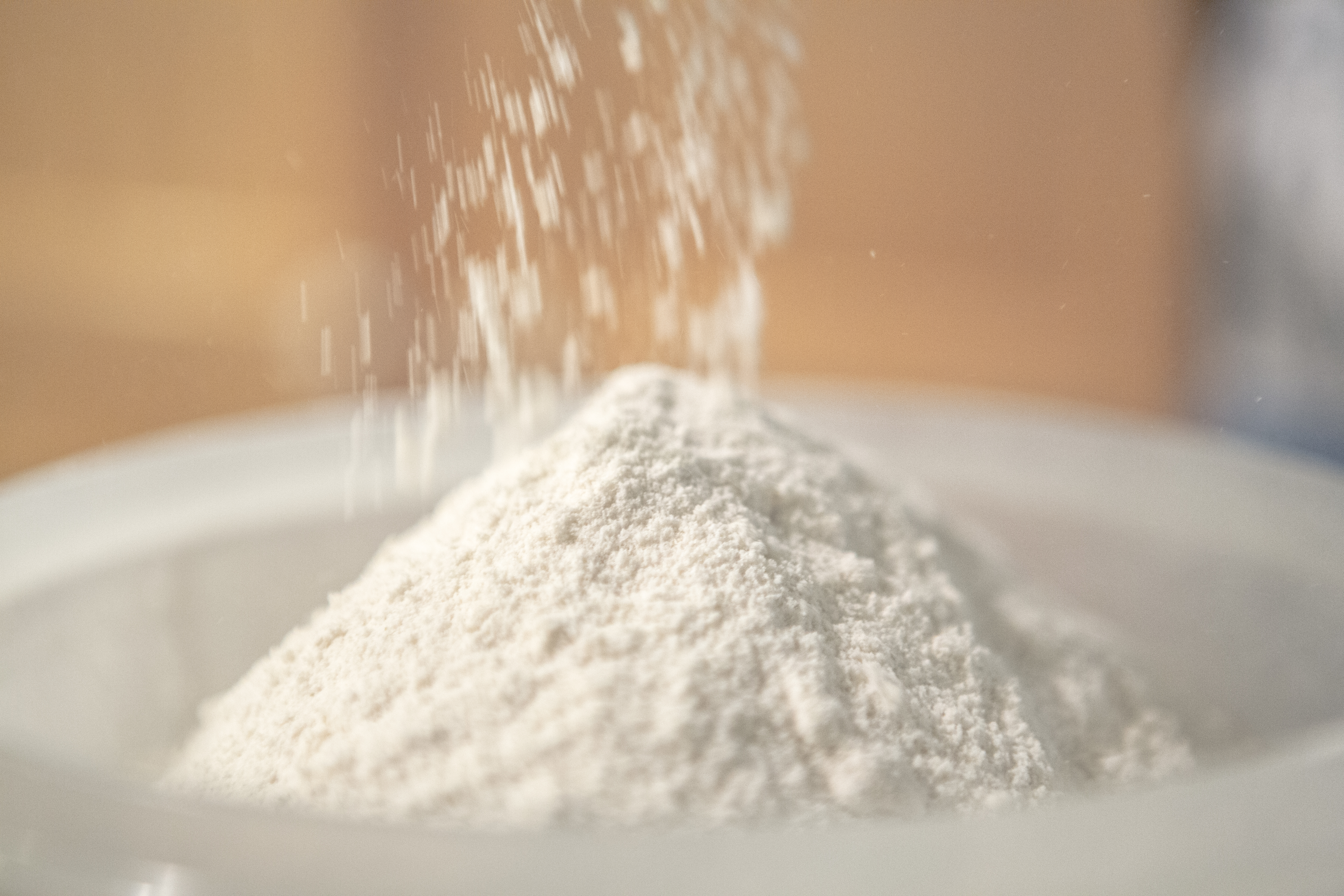
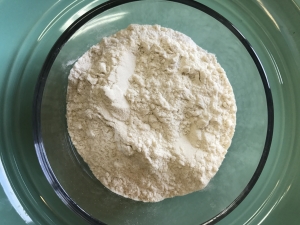

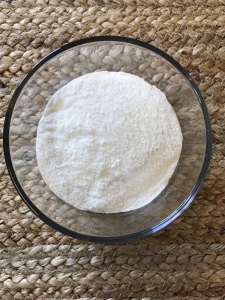
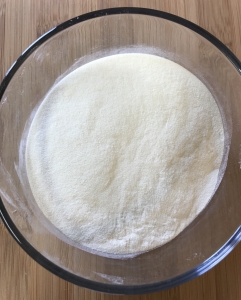
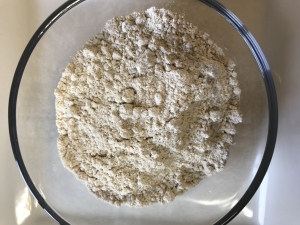



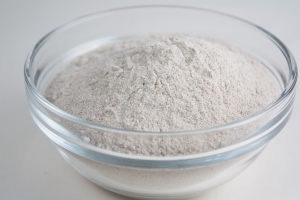

Leave A Comment